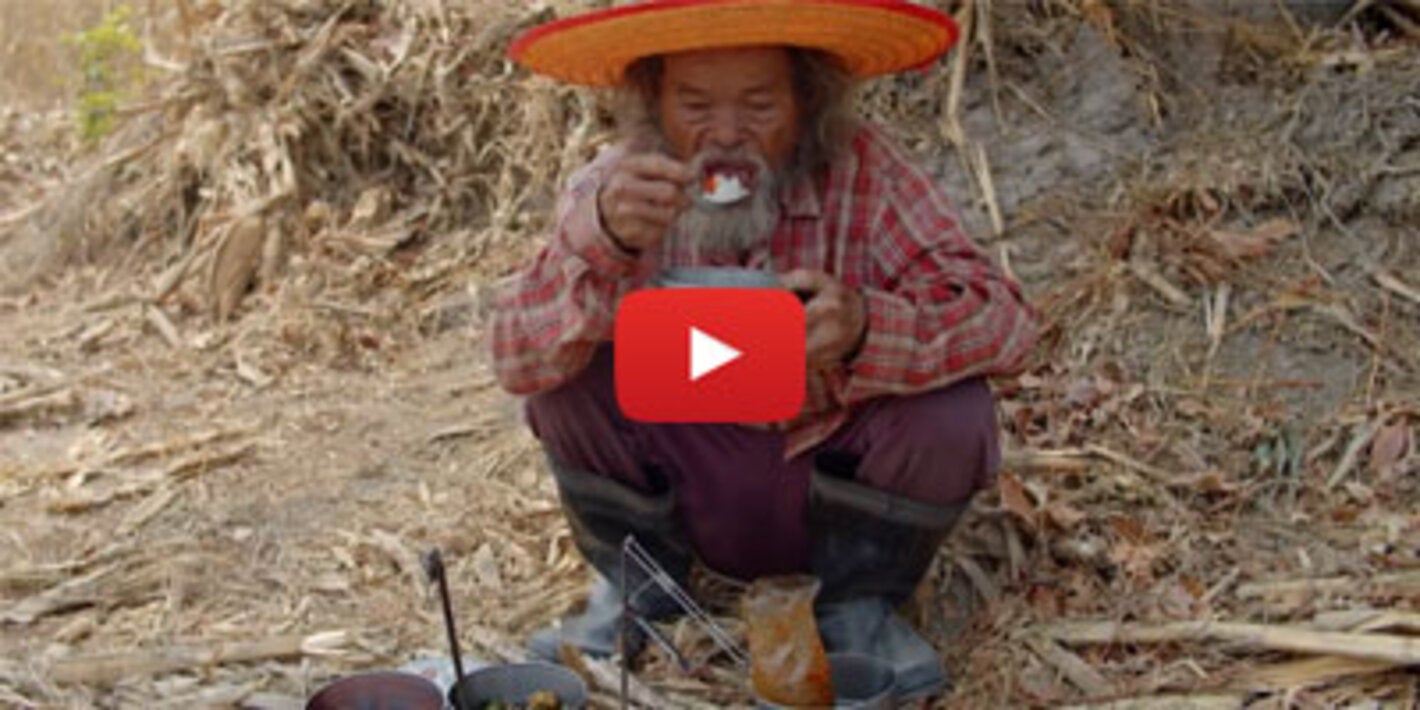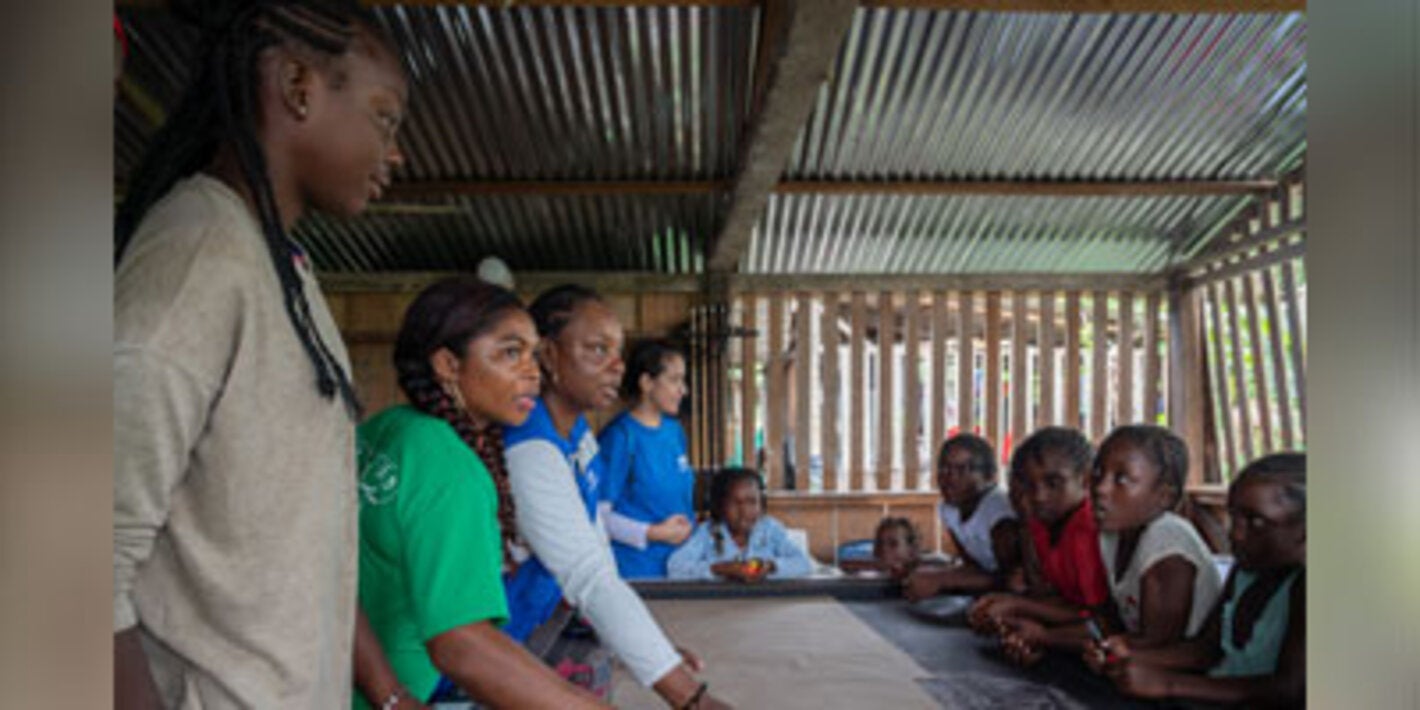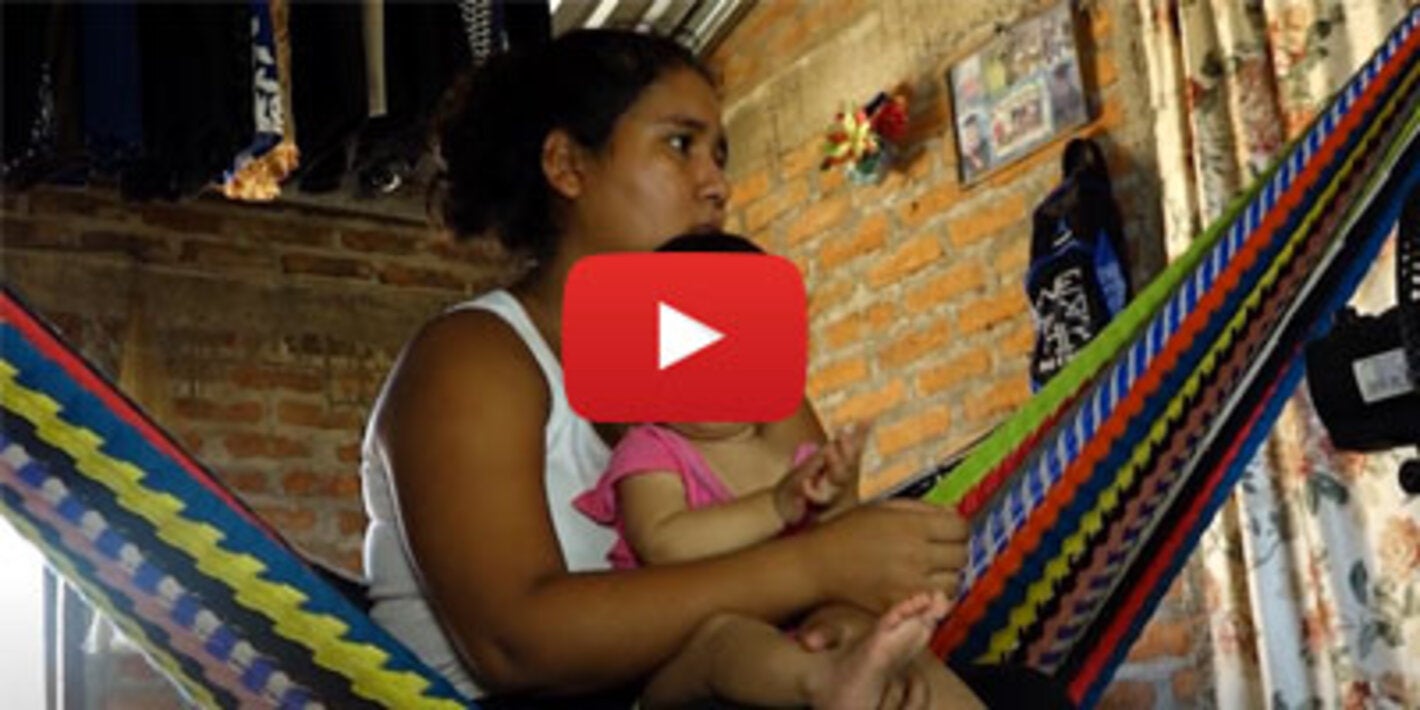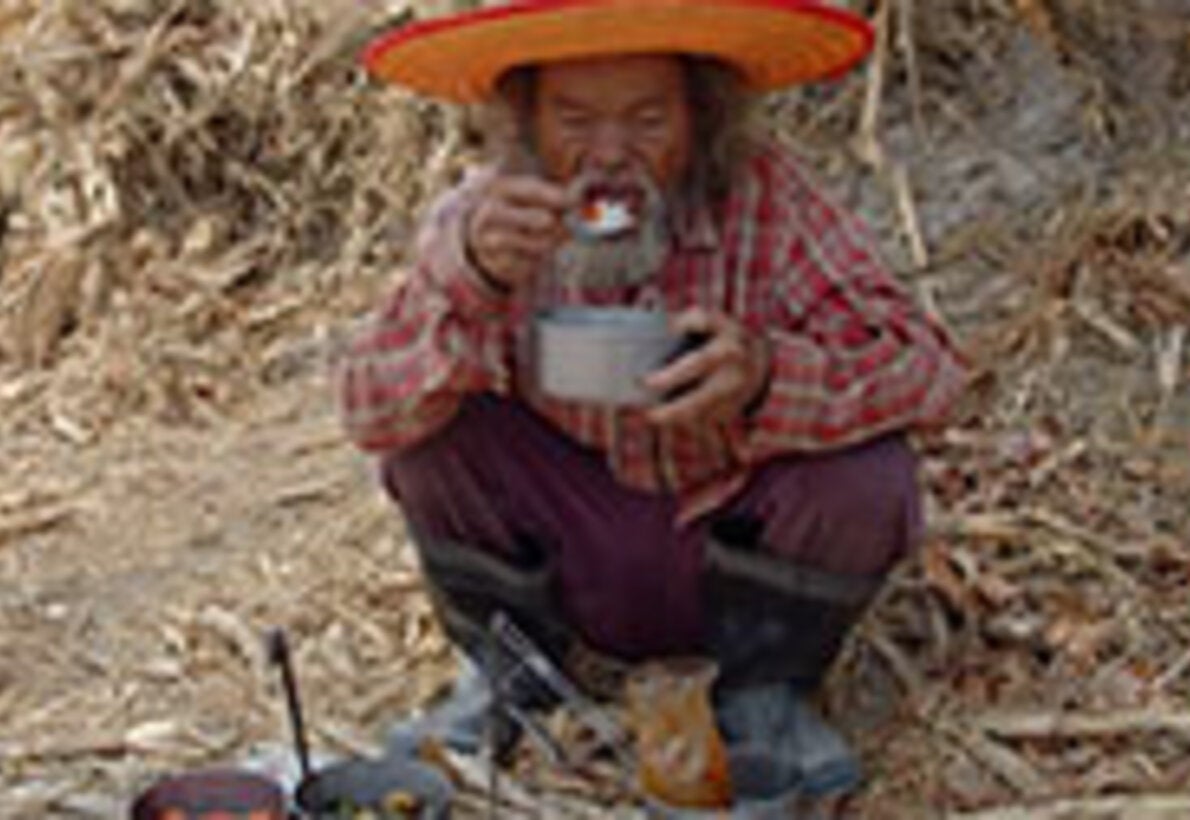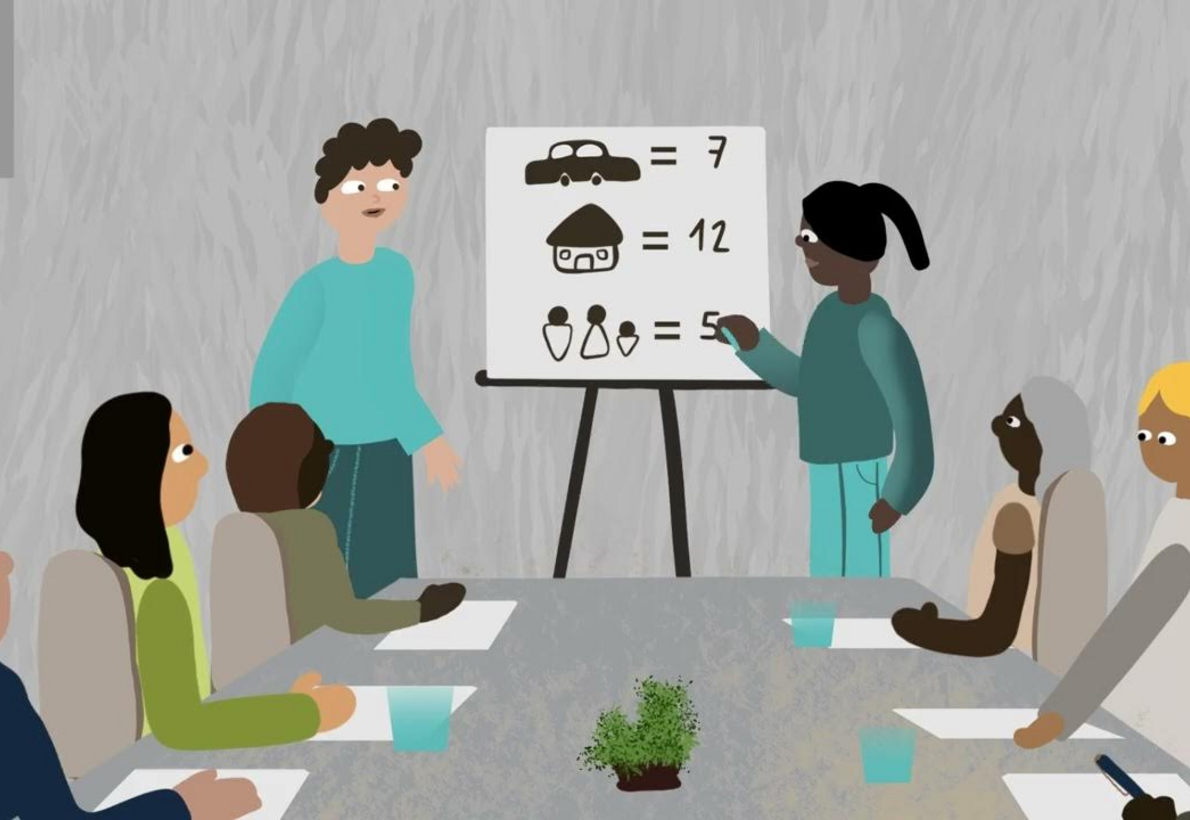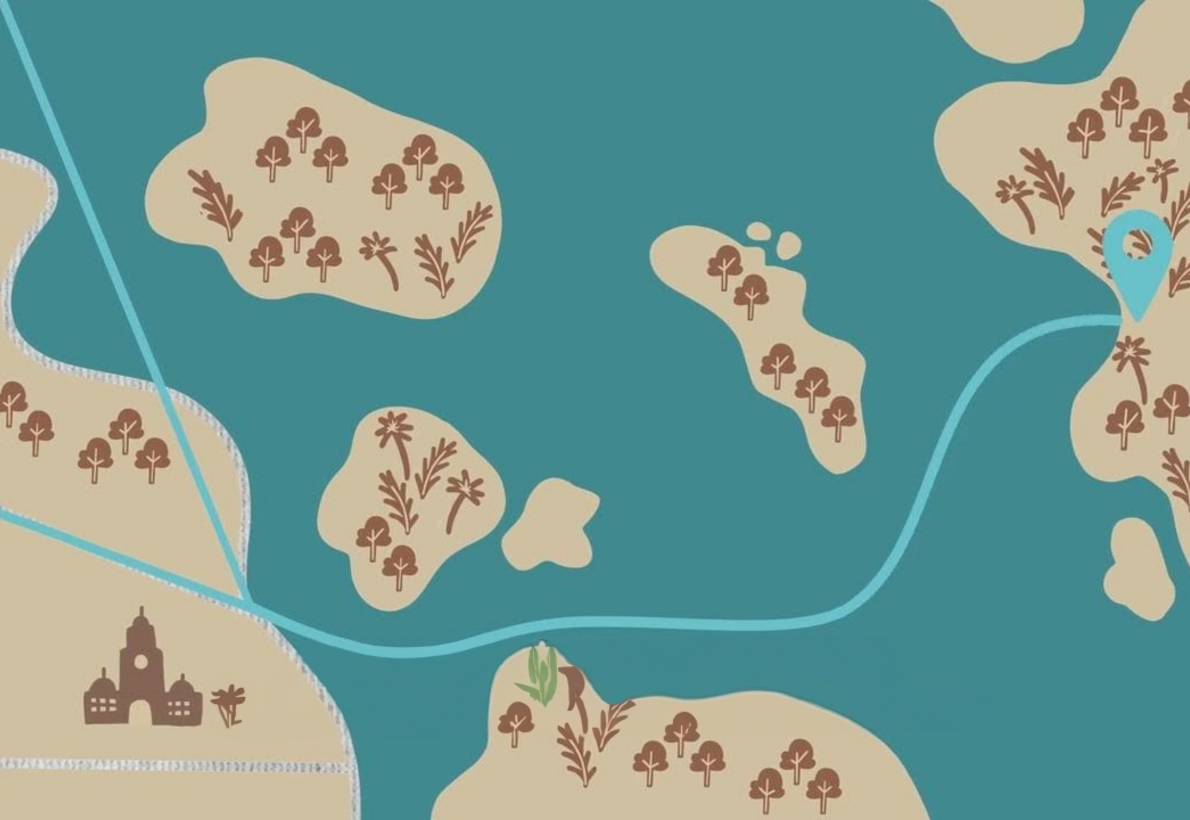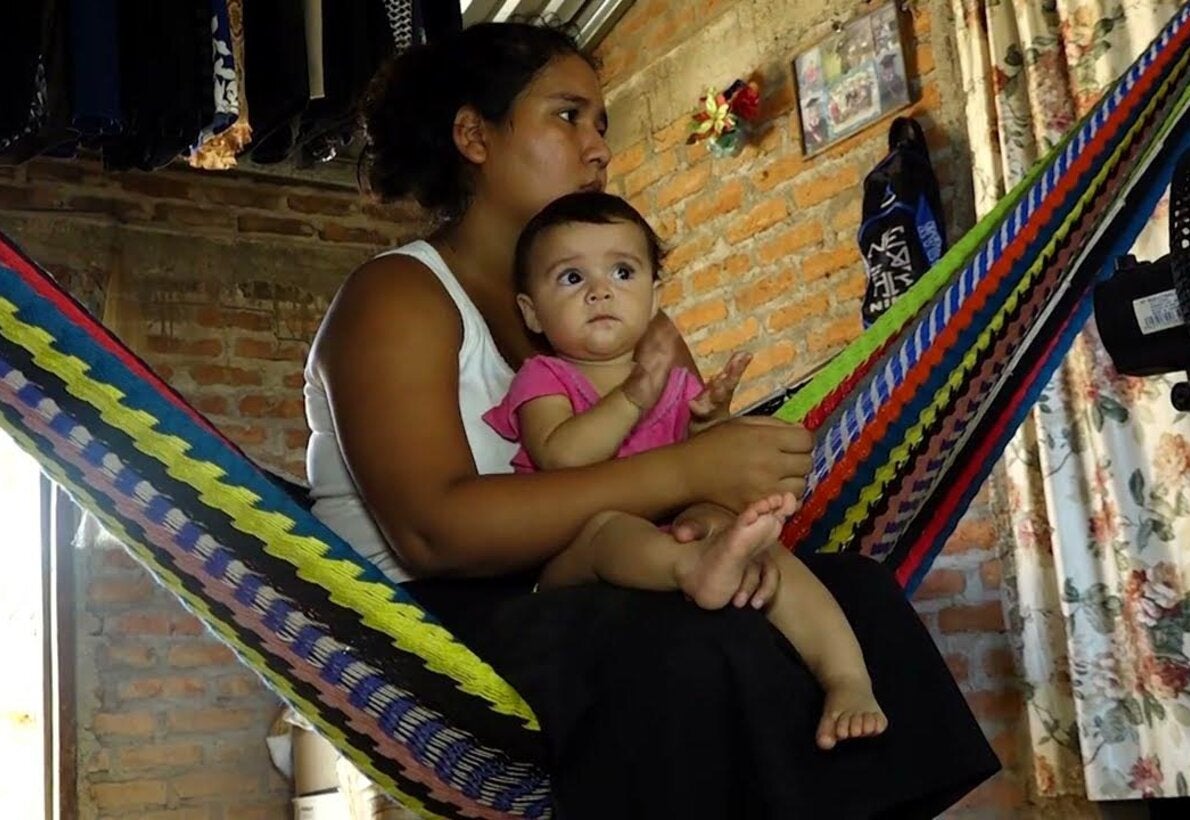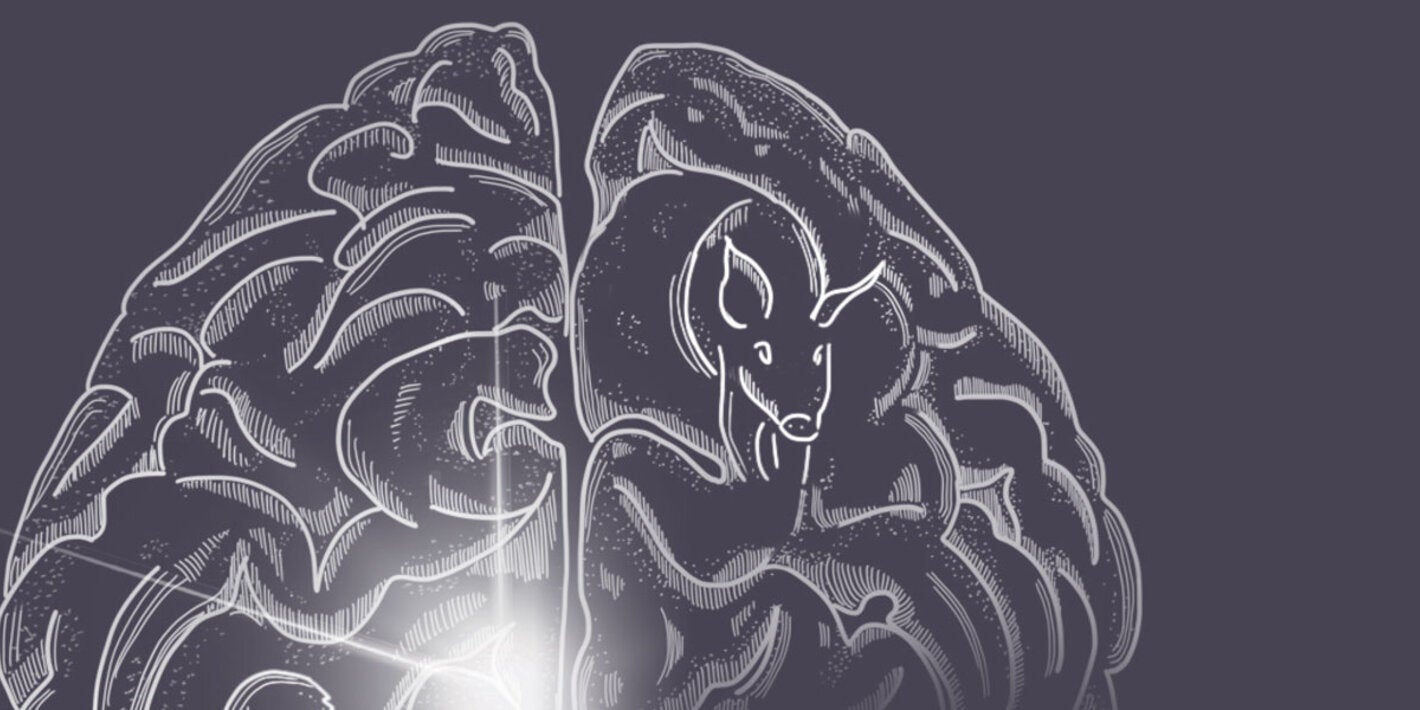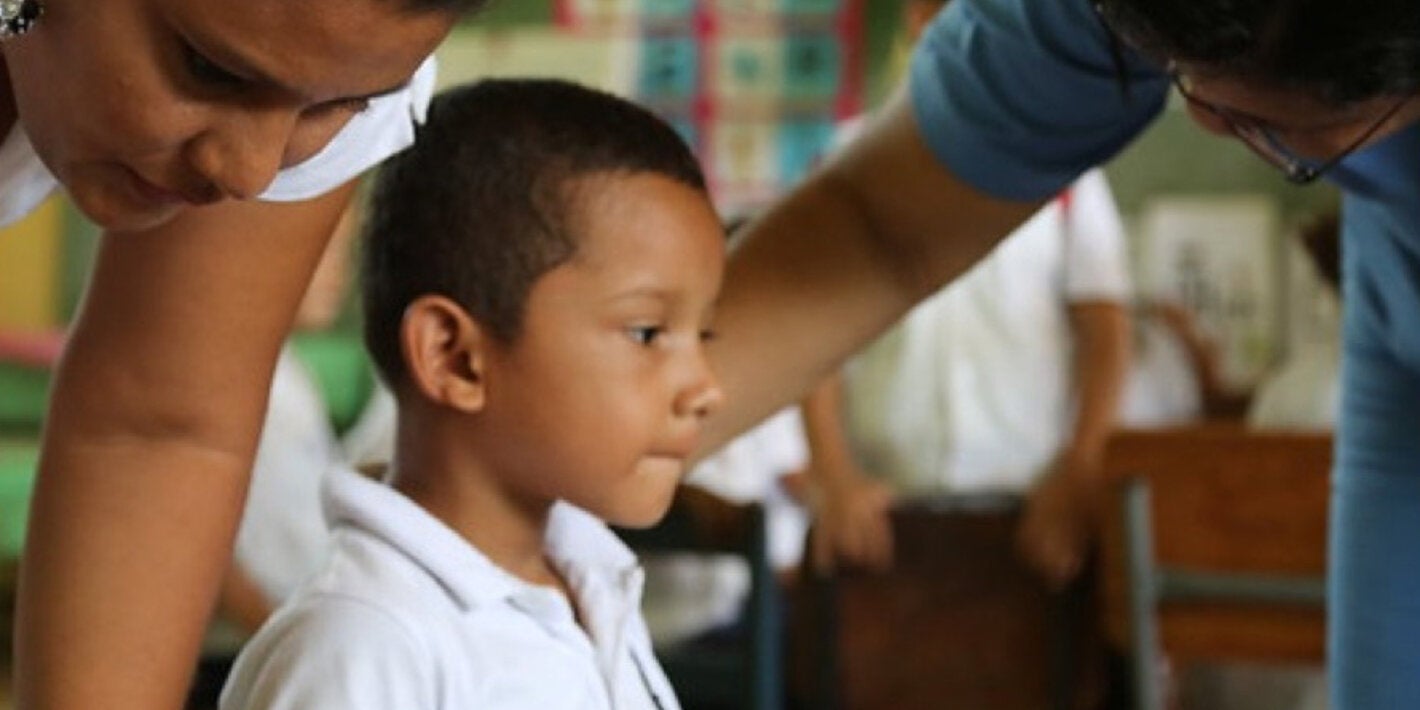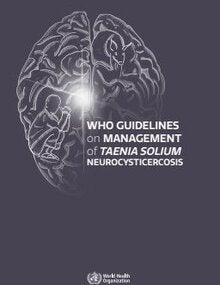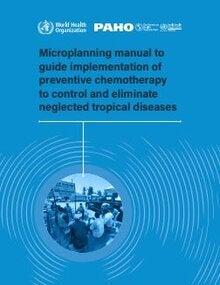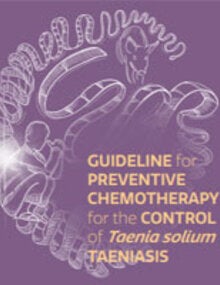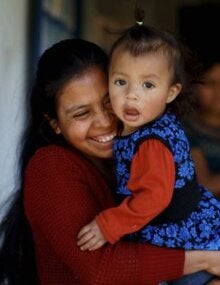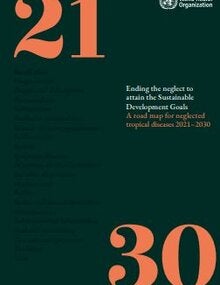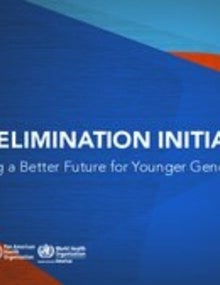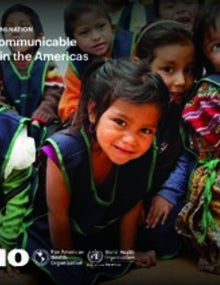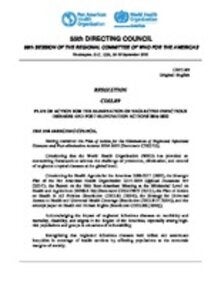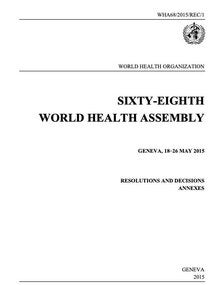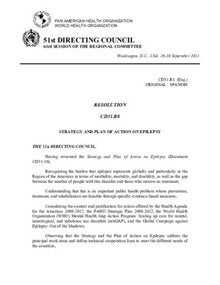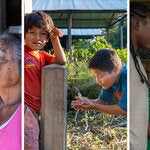SUBMENU
Neurocysticercosis (NCC) is the main disease caused by Taenia solium in humans, and the cause of 30% of all epilepsies in endemic countries where basic hygiene and sanitation measures are not adequate and where backyard pigs are raised in contact with human feces. People can develop NCC when they ingest T. solium eggs through faecal-oral contamination or by ingesting food contaminated with eggs from the faeces of a person who has the adult tapeworm. Taeniasis (the adult tapeworm parasite) is acquired by eating raw or undercooked pork meat infected with cysticerci.
Considering the life cycle of the parasite, to control the transmission of T. solium is necessary a collaborative, multisectoral, and trans-disciplinary approach that connect experts from human, animal, and environmental health disciplines. Coordinated interventions include: Preventive chemotherapy for the control of taeniasis (Disease produced by the tapeworm); improvement of basic sanitation and good hygienic practices; improvement of pig husbandry and vaccination and deworming of pigs in endemic areas; and improvement meat inspection and processing of meat products.
- PAHO/WHO works closely with other agencies, such as the United Nations Food and Agriculture Organization (FAO) and the World Organization for Animal Health (OIE) in interdisciplinary collaboration to control T. solium.
- PAHO/WHO supports countries in identifying endemic communities and areas where there are risk factors associated with the presence of T. solium.
- In identified endemic areas pilot control programs are underway, PAHO/WHO helps these control programs to keep abreast of the latest knowledge, so that they can be implemented in the best possible way and can be adapted to each country's specific circumstances.
- In 2019, PAHO developed "Operational guidelines for the control activities of taeniasis and cysticercosis caused by Taenia solium" available in Spanish. This document explains the different tools available for the control of T. solium, and gives the operational guidelines to develop a control plan (and elimination) of T. solium based on the planning cycle: identification of the needs and endemic areas , selection and implementation of interventions, monitoring and evaluation.
- In 2019, PAHO developed the course “Control of taeniasis and cysticercosis caused by Taenia solium”, a self-learning course to reinforce knowledge and provide updated training and information to human and veterinary public health providers on the control of the T. solium , to facilitate the planning and evaluation of programmatic actions that allow to carry out an effective control program. The course is open and available in Spanish in the PAHO Virtual Classroom (Spanish only).
- PAHO, within the Directing Council Resolution CD55.R9 of 2016, approved an action plan for the elimination of neglected infectious diseases (NIDs), including among the objectives and priorities to interrupt the transmission and elimination of taeniasis/cysticercosis, through a “One Health” approach, which promotes intersectoral collaborations that cover the three areas of interest involved in the cycle: human health, veterinary health and environmental health.


